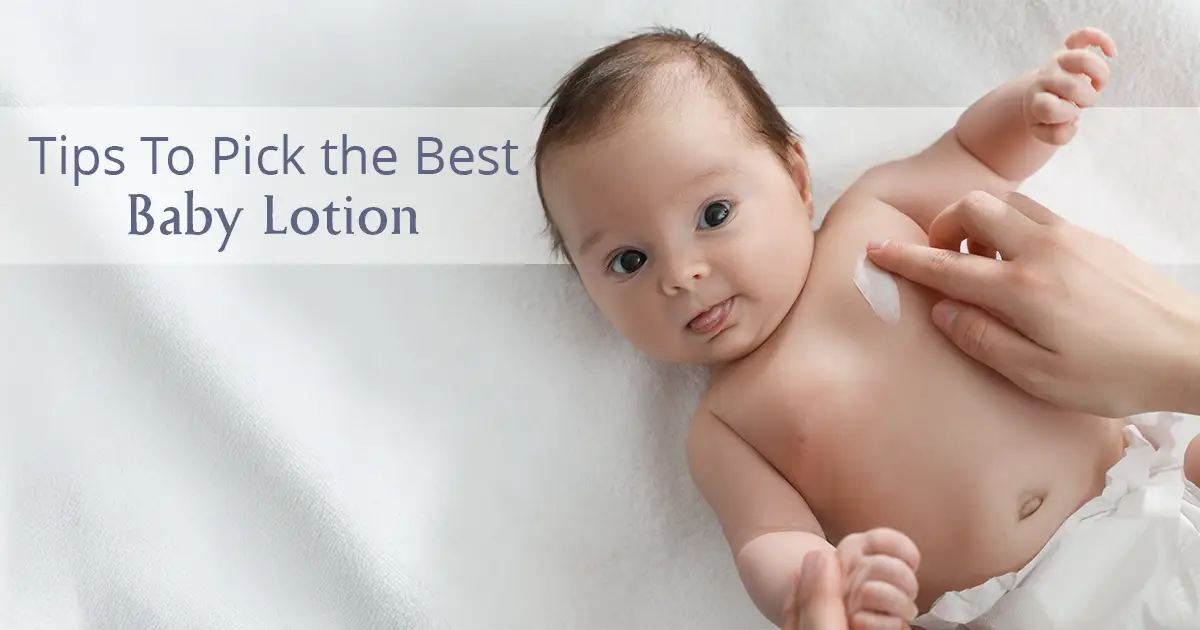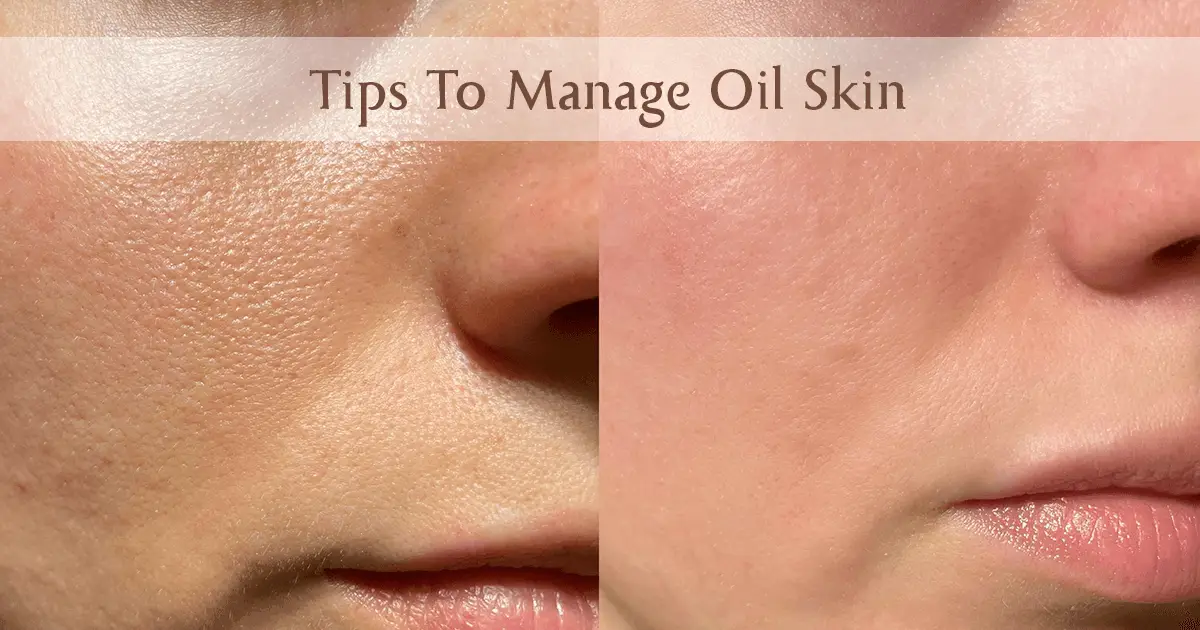
Time-Kill Assay

What Are Challenge Test Micro-organism's & Why We Use Them?
How We Test The Antimicrobial Effect Of Our Products?

Introducing The Test Product

The first step involves preparing a culture of the microorganism of interest. The culture (liquid medium containing the microrganism) is then diluted to a specific concentration to ensurethe bacterial/fungal count is consistent across all test samples. This diluted culture is finally introduced to our test product.

Calculating The Initial Pathogenic Population Count

Next, the initial population count for all five micro-organisms in the test product is calculated by diluting the solutionfrom the respective containers and culturing it on an agar plate (solidified gel base containing essential growth nutrients). The pathogens are then allowed to grow under appropriate lab conditions.

Tracking The Growth Of Challenge Micro-organisms

Similar to the last step, the population count for each challenge micro-organism is calculated by the cell plating methodat different intervals of time. After each time duration, the concentration of the pathogen should reflect a steady decline as the test product works against them.
What's The Final Result?
Pick From Our Range Of Tested Time Kill Assay Products Now
Blog
Product Related Topics







